Borage
$4.49
Borago Officinalis
- Seed Count 30
- Bee Keepers Friend
- Annual
In stock
Blue flowers are always welcome in the garden and Borage is one of the most reliable sources, often flowering lavishly about eight weeks after sowing. It grows best in full sun where it tends to have a more compact habit, but it easily tolerates a part shade position. The plants will happily grow in just about any soil type as long as it drains well and they like to be kept somewhat moist throughout the growing season. It is a liberal self-sower and once a borage plant has established itself in your garden, you will likely never have to reseed again.
Borage tea can be made by taking a small bunch of leaves and flowers and simmering in boiling water. Steep for five minutes and strain. If mixed with honey, this can help if one is suffering from a cold. The edible, star shaped flowers add an unusual touch to summer salads and cakes. One of my favourite things to do is to freeze them in ice cubes to add to drinks.
Borage is a very important flower for both bees and beekeepers. The flowers which grow around the stem appear from early spring right through to autumn, provide both pollen and nectar in prodigious amounts throughout the season. Borage can be sown in early spring indoors or directly outdoors once the soil has warmed. In temperate climates it can also be sown in autumn. It is not suitable for container growing as it has a very long tap root.
Sowing Indoors.
Sow at 3 mm deep in pots or trays in a good seed compost. Make sure the compost is moist but not wet and seal inside a polythene bag until germination which usually takes 5 to 21 days at 21°C.
Transplant the seedlings when large enough to handle and gradually acclimatise to outdoor conditions for 10 to 15 days. The young borage must be handled carefully; especially when it is being transplanted from one place to another as it has a very long tap root that is easily damaged.
Sowing Direct. (Preferred Method)
Sow to a depth of 3 mm and 10 cm apart. Water in well. Once seeds have germinated, check and thin out if necessary. The plants will grow quite fast and are quite recognisable from weeds, continue to water throughout periods without rain. External contact with fresh borage leaves may cause skin rashes in some sensitive persons. The prickly hairs can be irritating so you may wish to use gloves when handling the plant.
Borage is good companion plant to have in the vegetable garden as it attracts good pollinators. It is a very useful companion plant to strawberries and squash, as they are believed to stimulate each other’s growth. It deters the tomato horn worm, and is thus a natural form of pest control. Borage is attractive to blackfly, this can be used to advantage by planting it as a decoy close to one’s fruits and vegetables as a decoy plant. Borage is also good as a green manure. Its long taproot brings up nutrients from the subsoil that remain in the leaves. Before the plant flowers the plants can be dug back into the ground to release the nutrients back into the topsoil.
| Method: Sow seedlings | Soil Temp: 10°C - 25°C |
| Cool Mountain: Nov - Feb | Position: Full sun |
| Arid: Aug - Jan | Row Spacing: 10cm apart |
| Temperate: Sep/Nov - Mar/June | Planting Depth: 3mm |
| Sub Tropical: May - Oct | Harvest: 85 Days |
| Tropical: Jun - Aug | Plant Height: 50cm |

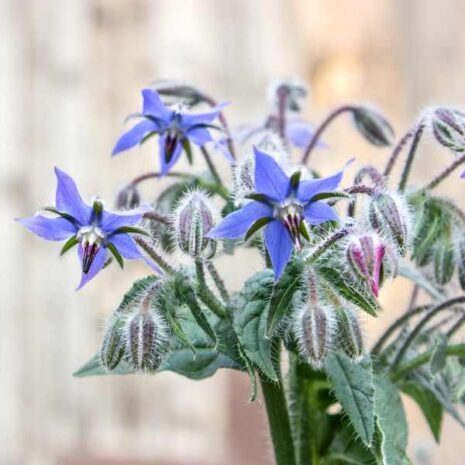

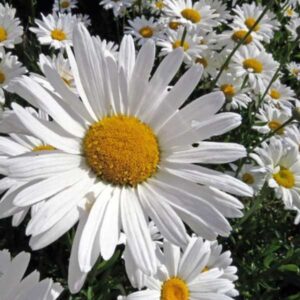
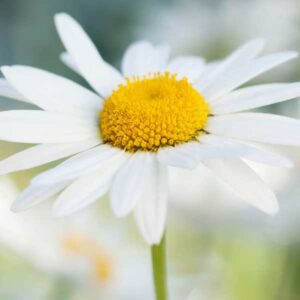
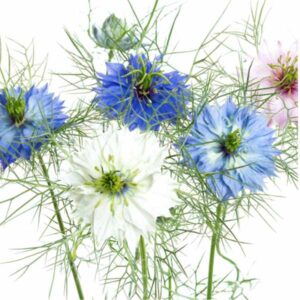
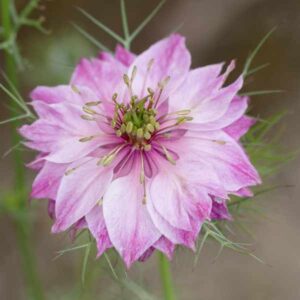
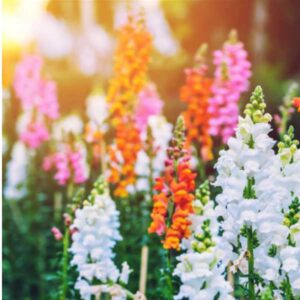


Not planted as yet due to hot weather
Pretty flowers
Flowered beautifully